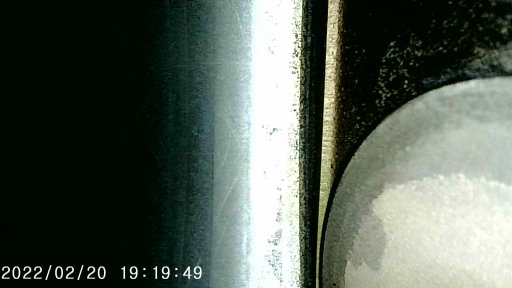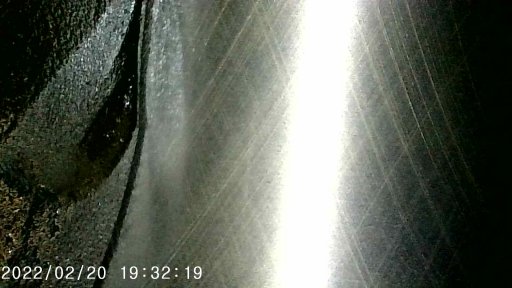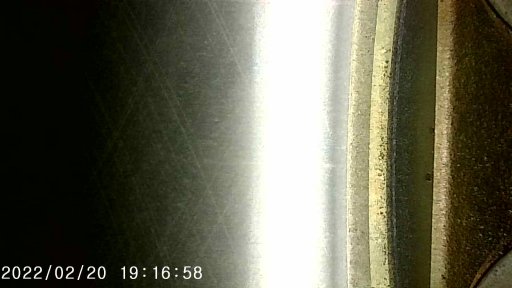Now that I seem to have fully recovered from my New Years case of Covid and caught up on work, I have had some time to get back out in the shop and do some more testing/investigating. Still bugged by great leakdown results but crappy compression test I pulled the plugs again and did a retest with the same results of 100, retested the gauge and it showed accurate, but on a whim I retested the gauge as an assembly with its hose attached and what do you know it showed low, something had failed within the hose or adapter that screws into the plug hole. no matter how much pressure you put in the end gauge will not show over 100, which accounts for why all holes read the same, and low. purchased a new gauge set and retested the Jeep. This time I got a range from 165 to 170 across the six cylinders, much better and in line with the leakdown test.
While I was at it, added a bore scope to my collection and inspected all the cylinders, which all show good cross hatching, no scoring and clean piston tops. a light buildup of carbon on the face of the intake valves, but not excessive. Ran the camera down into the valve covers and anywhere else I could get it and inside of the engine looks good. Nothing I can see that would be an issue or sign of excessive wear, definitely nothing warenting a new engine at this point.
Piston Top

Intake Valve

Piston Wall

At this point I am tending to agree with
@Shakes355 and a couple of others who have mentioned high rpm and load may be the cause of the oil in the breather. I did build a bracket and install a catch can in the breather line at least for the time being, this way I can keep track of miles and how much volume oil ends up going down the hose.
My attention now turns to the transmission, It has always seemed to hang on to a gear too long before upshifting especially on grades or when heavy skinny pedal is applied. Prior to our Thanksgiving trip we replaced the transmission computer with one that is supposed to correct the shifting and improve overall drivability, this did help when driving around town (nicely) but still jumps down two gears at the first sign of a hill. We went out last night to a long hill near our house and pushed it hard up the hill several times, both in automatic and manual mode. on the level the engine will run right up to redline around 6k rpm, on the hill it seems to hit the transmission computers lower rev limit of about 5k rpm and wont upshift till I take my foot off, then upshifts at too low of an rpm for power, when in manual mode and have my foot buried then try to shift up out of 2nd, the computer takes over and keeps it in second. Under full acceleration we end up redlined in 2nd or 3rd and speed is capped. a lighter foot / incline and it shifts ok and we can make full speed. Starting to think something may have gone bad or failing in the trans when we were climbing the pass in Death Valley putting the trans into limp mode rather than the engine having issues as we originally thought. Might have to take it in to a trans shop to see if they can do a diagnosis and testing on its functions as I do not have that advanced of a testing computer tool. As we do not get any slippage I would suspect an issue with the valve body.
Thanks so much to everyone who has commented through my investigation into a solution.








